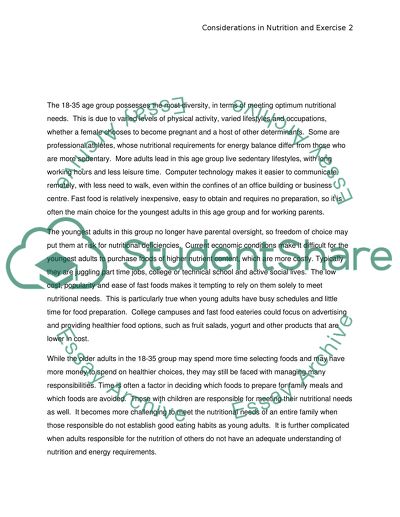Cite this document
(Age Considerations in Nutrition and Exercise Coursework, n.d.)
Age Considerations in Nutrition and Exercise Coursework. Retrieved from https://studentshare.org/family-consumer-science/1554129-nutrition-and-physical-activity-needs
Age Considerations in Nutrition and Exercise Coursework. Retrieved from https://studentshare.org/family-consumer-science/1554129-nutrition-and-physical-activity-needs
(Age Considerations in Nutrition and Exercise Coursework)
Age Considerations in Nutrition and Exercise Coursework. https://studentshare.org/family-consumer-science/1554129-nutrition-and-physical-activity-needs.
Age Considerations in Nutrition and Exercise Coursework. https://studentshare.org/family-consumer-science/1554129-nutrition-and-physical-activity-needs.
“Age Considerations in Nutrition and Exercise Coursework”, n.d. https://studentshare.org/family-consumer-science/1554129-nutrition-and-physical-activity-needs.


